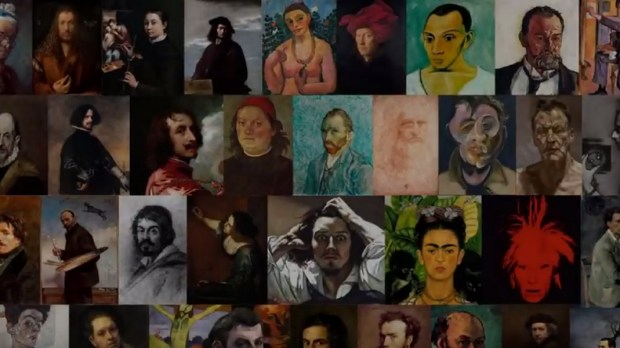Recent news that an alleged da Vinci painting, Salvator Mundi, was sold for a record $450 million caused a stir—even more so when it was revealed that the buyer was the crown prince of Saudi Arabia.
Now there’s a website that can help put that painting in context, showing when it was created and how it fits in with the rest of Leonardo’s corpus.
EVasari (the name comes from Giorgio Vasari, the 16th-century painter whose Lives of the Artists was a pioneering work of artistic biography) is a site that promises to help art fans get a better mental picture when it comes to the great masters, when and where they lived, and how their styles relate to each other.
“We deconstruct art history into simple data and organize them in databases that can be queried as you please,” says a promotional
. “Results are then displayed in a graphical way to be easily analyzed.”Still a work in progress that is appealing to users to contribute a la Wikipedia, eVasari allows you to enter an artist’s name and instantly see a timeline of his or her life and career. Each artist is displayed on a chart showing the places where he lived and worked. A map option gives a schematic of the artist’s travels.
Let’s say you want to have a better picture of da Vinci’s life, for example. The first result of your search will be a line graph showing the years he lived on one vector and the places he lived on another. Hover over each of the bubble points and you’ll get a brief summary of what happened in that particular year. For example, if you place your cursor over 1452, you’ll learn that he was born in Vinci that year. Switch to the Map mode, and you’ll see that Vinci is near Firenze, Italy. You’ll see where it is in relation to Rome, where he worked later on in life.
Click on “Pictures,” and you’ll get a representative sampling of the artist’s life work and the evolution of his style. It might be interesting to know, for example, that Salvator Mundi was painted the same year as the lovely Madonna Litta.
There is also basic information with each work depicted, including where the painting or sketch is currently, such as in a private collection or a particular museum.
But there is more you can do with eVasari. Enter a second artist’s name, and the graph will give you both life summaries side-by side, allowing you to see if there are any points of intersection or parallel. Just for fun, try this with Michelangelo.
Applying filters to this comparison might yield more insights. Or you might want to search for all painters who were in Rome in a particular year or time period who painted a Last Judgment scene.
But getting it will require a subscription. You can get three months for $5, or 12 months for $15.

